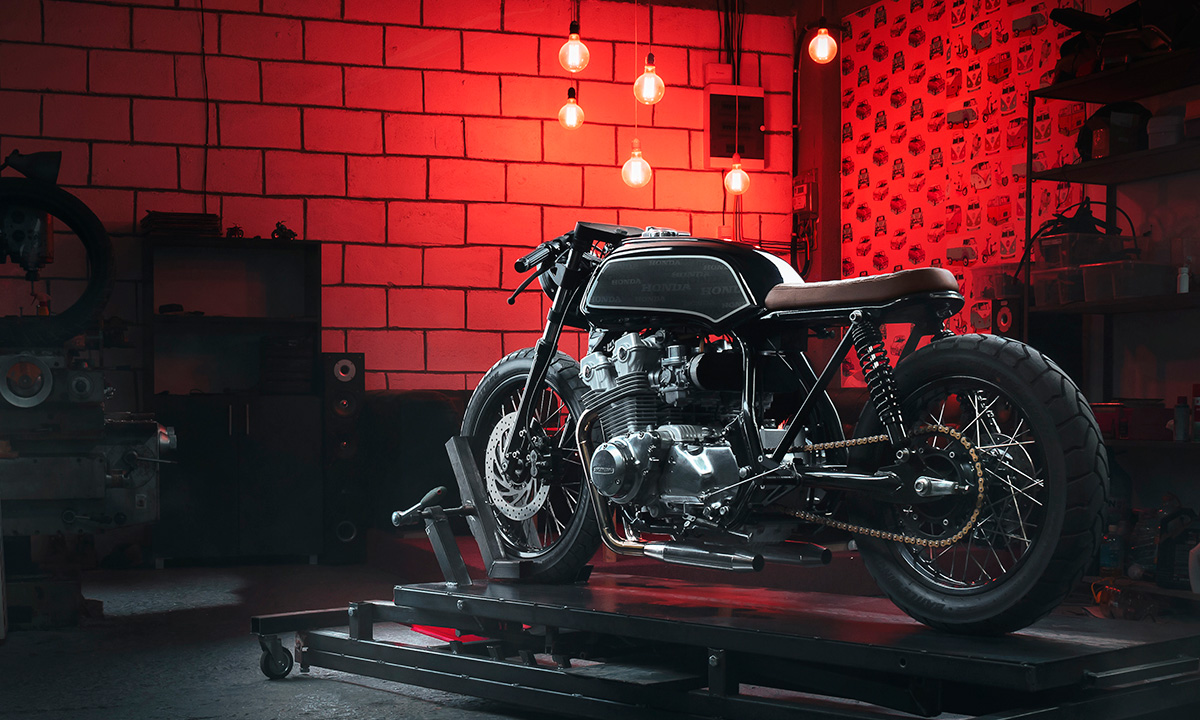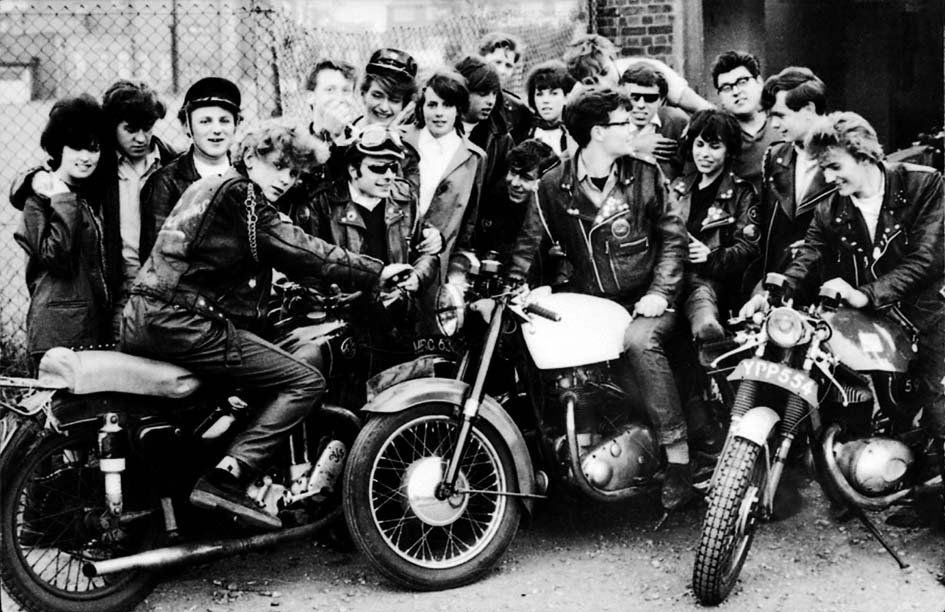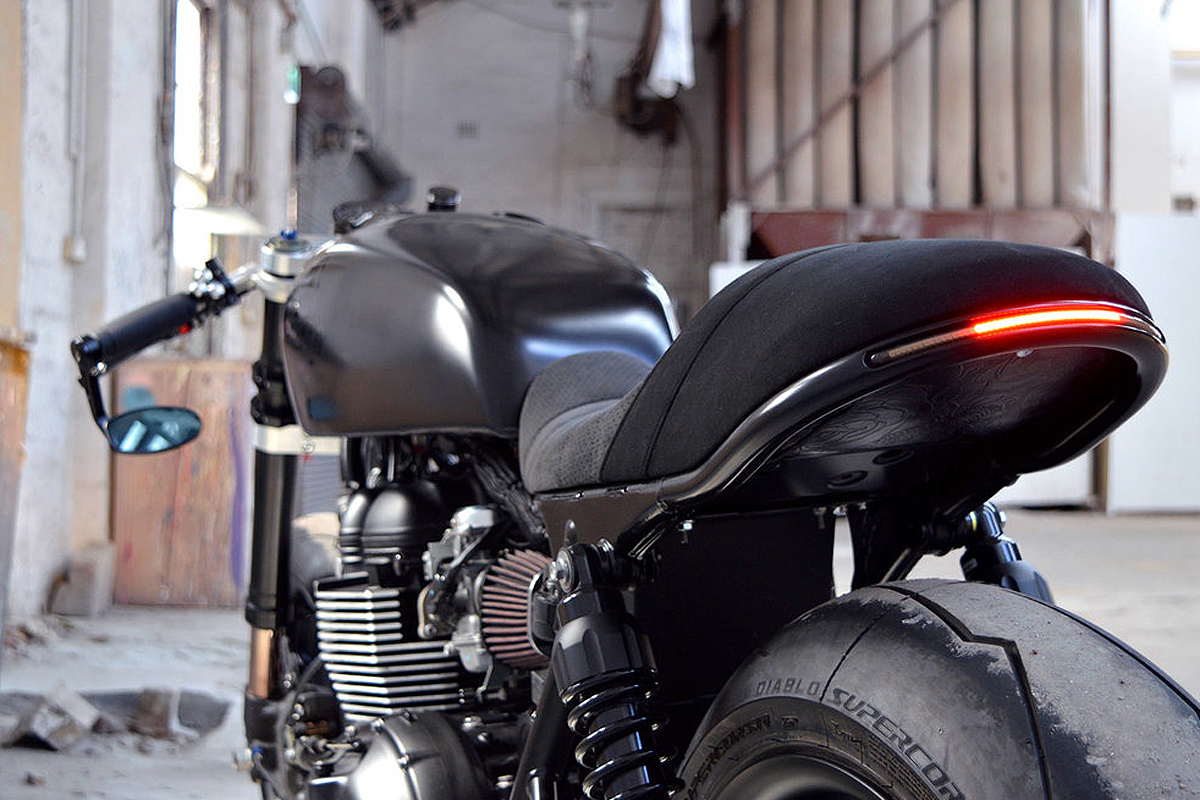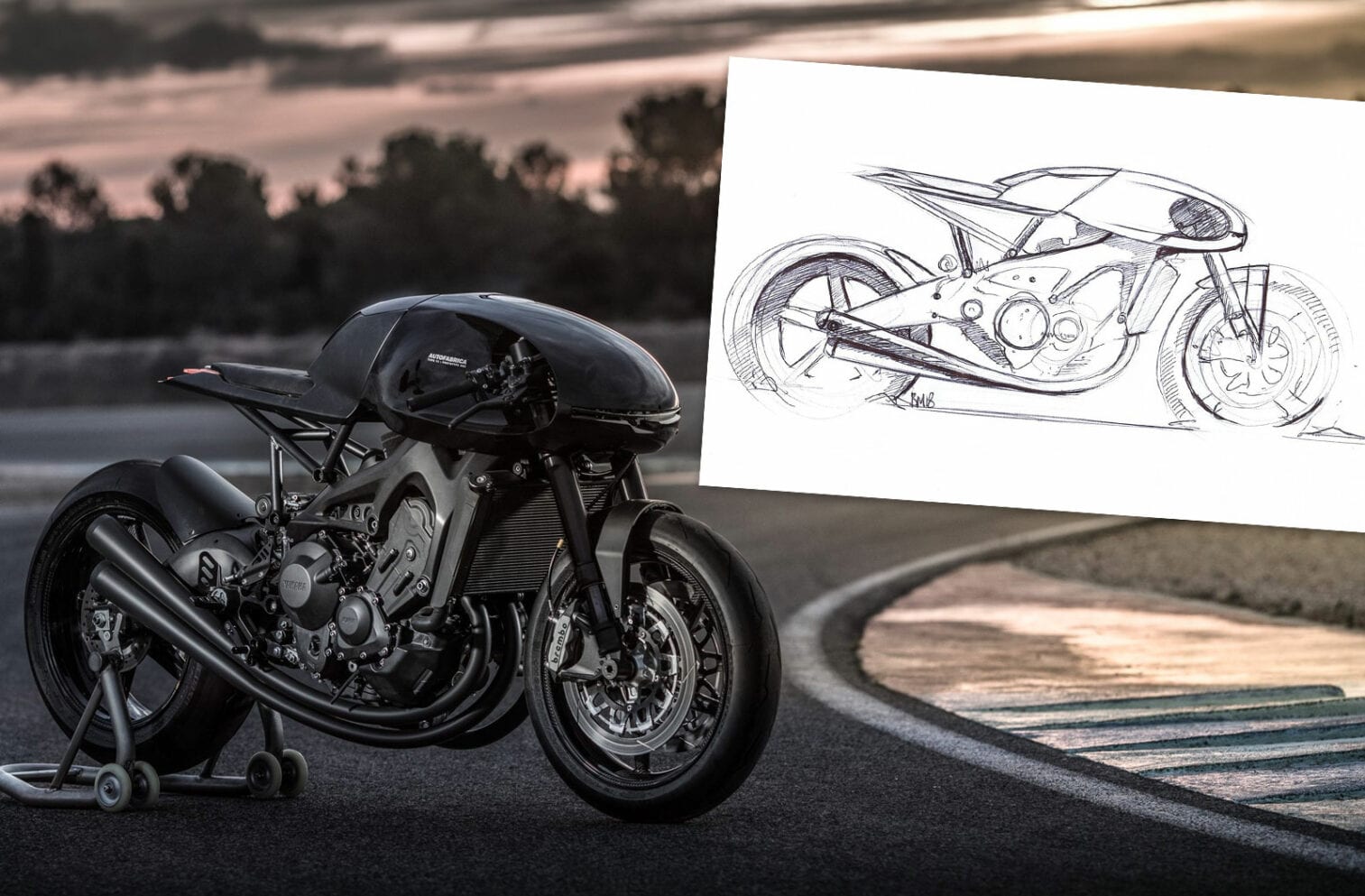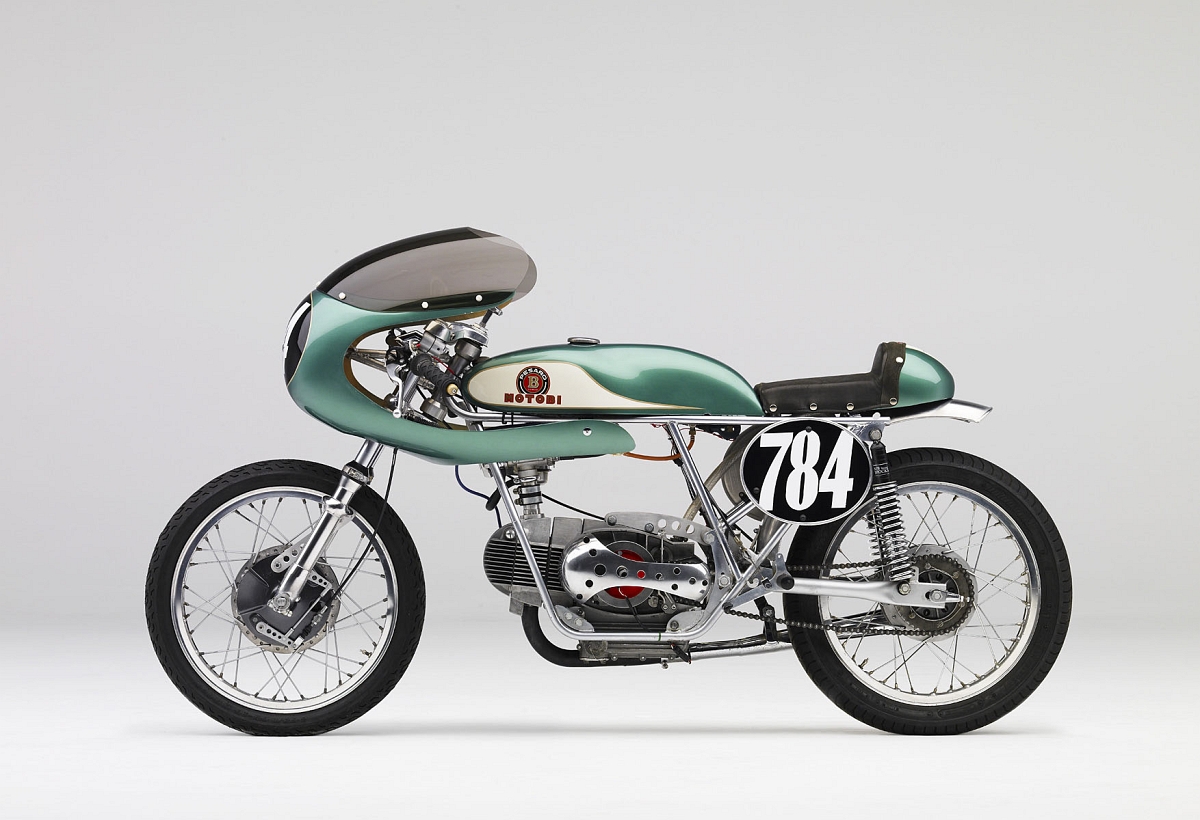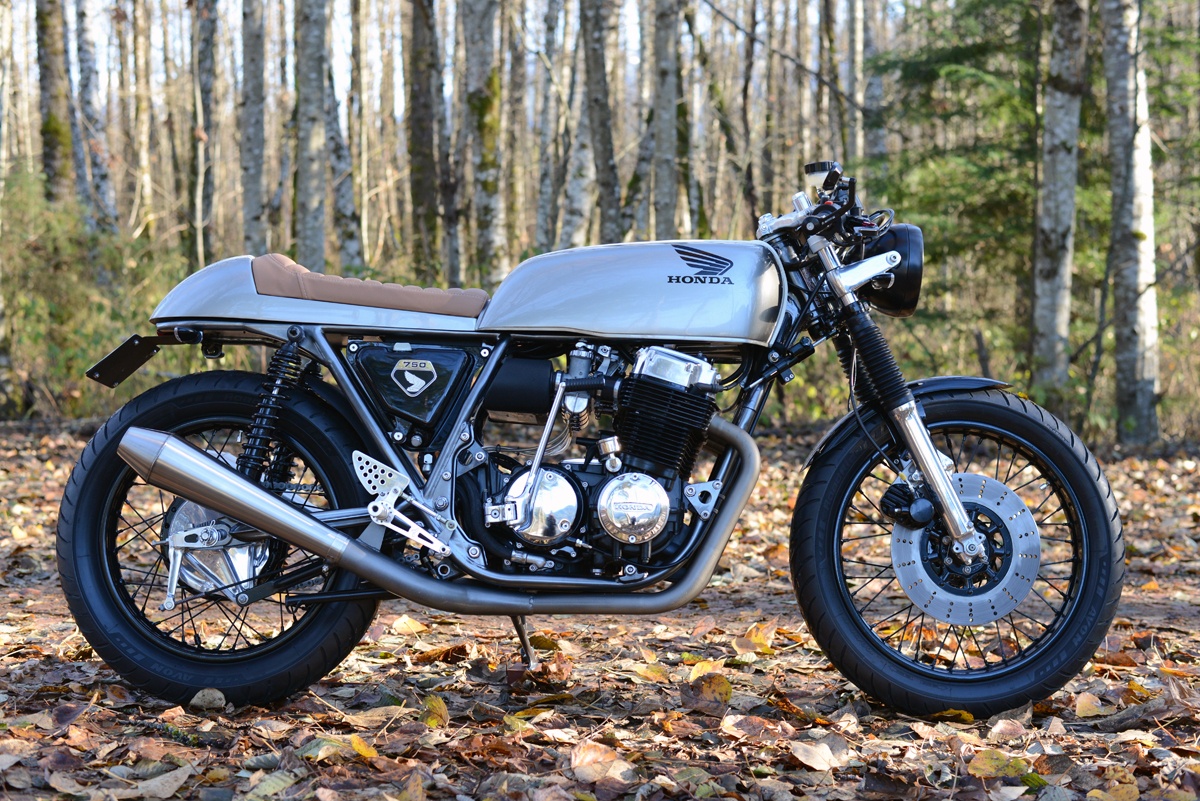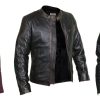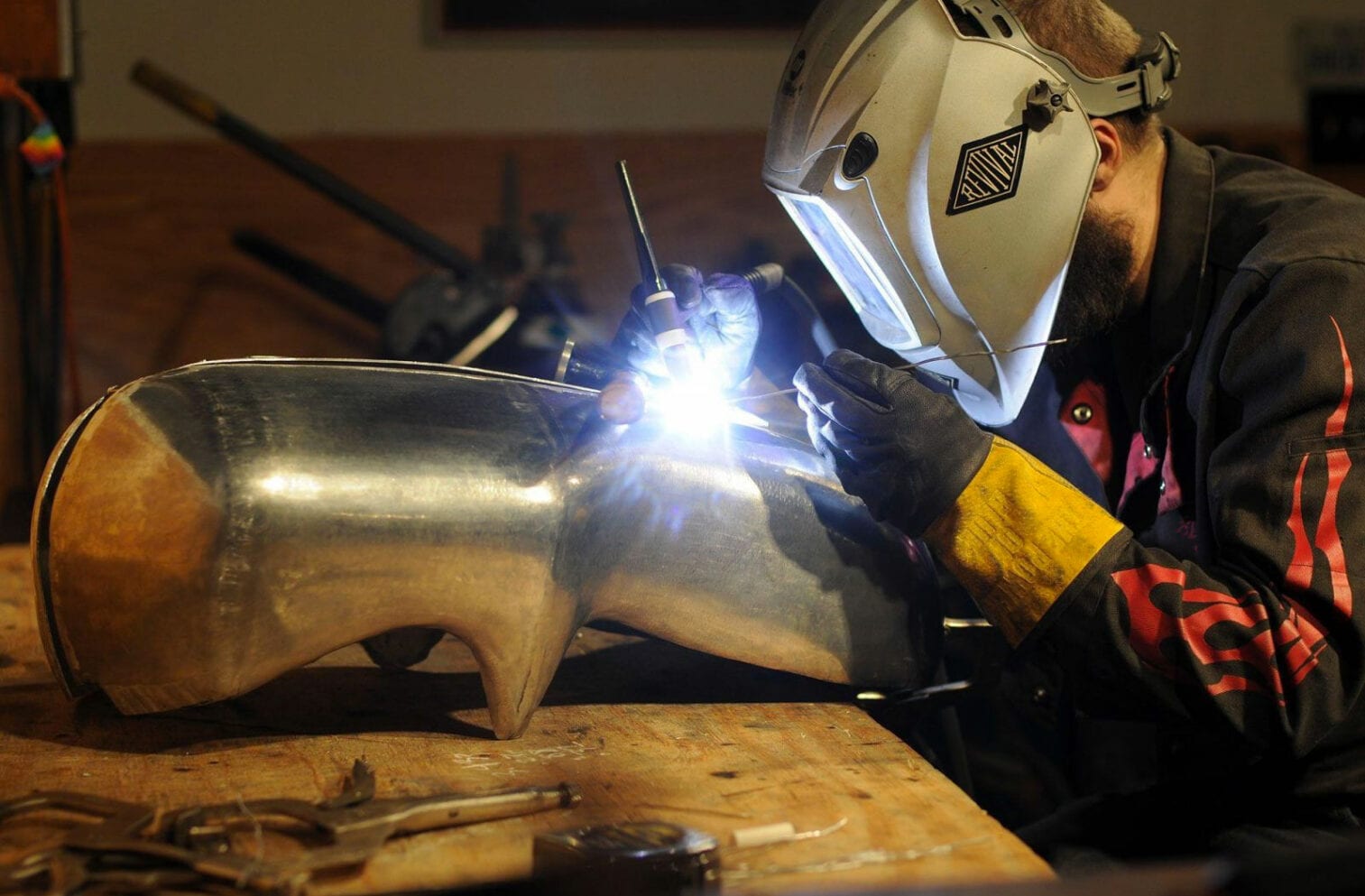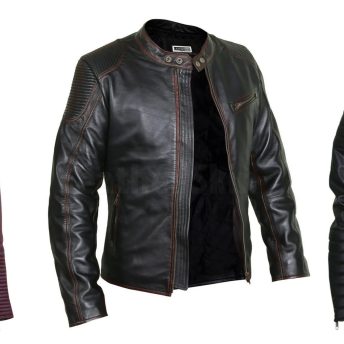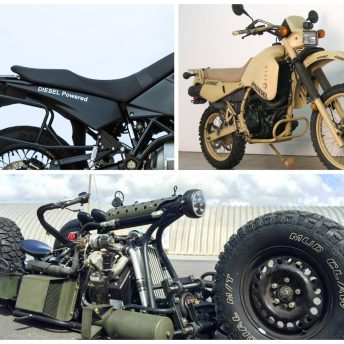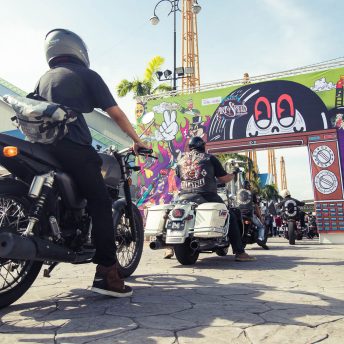Cafe racers are a distinctive style of motorcycles that emerged in the 1950s and 1960s in Britain.
Born out of a desire for speed and style, these bikes were typically modified from standard production motorcycles, stripped down for lightweight, and fitted with low-mounted handlebars, elongated fuel tanks, and rear-set foot pegs for a more aggressive riding position.
Courtesy: london.acecafe.com
Today, cafe racer culture endures as a blend of vintage aesthetics and modern performance, with enthusiasts worldwide continuing to build and ride these iconic machines.
Despite their popularity, there are still several misconceptions floating around regarding these unique bikes.
Misconception #1: Cafe Racers are Uncomfortable and Impractical
While it’s true that café racers are designed with a focus on speed and agility over long-distance comfort, modern interpretations and custom builds often incorporate more ergonomic designs.
If the standard seat on your motorcycle is worn out or uncomfortable, consider upgrading with aftermarket seat covers to create a personalized throne for your ride. You can choose from a variety of options, including thick cushioning with ergonomic designs, allowing you to tailor the seat to your preferences.
Customize your bike further by selecting accents such as two-tone suede, airflow mesh, or classic diamond-stitched leather for a unique and eye-catching appearance. Enhancing your bike’s seat isn’t just about comfort—it’s also a conversation starter, sparking discussions about the impressive customizations you’ve made to your beloved ride.
Other options to improve comfort also come in the form of custom handlebars and tank grips, allowing you to dial in the position that’s most comfortable for you.
Misconception #2: Cafe Racers are Only for Experienced Riders
While the design and performance aspects of café racers can appeal to experienced motorcyclists, they are not exclusively for those with years of experience. Many café racers are built on smaller, more manageable bikes suitable for riders of various skill levels.
Credit: Autofabrica Yamaha XSR900 Type 11
Cafe racers differ from regular motorcycles primarily in their style, purpose, and design philosophy, so the more aggressive riding position and stripped-down nature of cafe racer motorcycles can make them less forgiving for beginners or those who are not accustomed to handling powerful bikes with sporty characteristics.
Cafe racers also often have modified engines, upgraded suspension, and lightweight components to enhance their performance, but even a 1000cc sportbike can come with all of those bells and whistles.
Ultimately, it’s down to proper training, supervision, and practice that allows riders of varying experience levels to enjoy and appreciate cafe racers.
Misconception #3: Cafe Racers Must Be Vintage
As you start your journey and choose a bike for your foundational build, there are countless motorcycles that you can start a build from.
The café racer aesthetic originated in the 1960s, but it has evolved as more modern motorcycles come with newer technology. As a result, the spirit of the café racer is more about the style and performance modifications than the age of the bike.
If you already have a motorcycle that you’re considering customizing, you’re essentially choosing to embrace its unique challenges and quirks. The choice to modify your bike should stem from a deep-seated enthusiasm. Loving your motorcycle means any modifications you undertake will likely enhance its appeal and performance in your eyes.
For those beginning with a modern classic (like the Triumph Bonneville, Ducati Scrambler, or BMW R9T), you’ll find that the manufacturer may already offer the necessary components to easily convert your ride into a cafe racer while other classics like the Honda CB series is an iconic brand with a storied place in motorcycle history, making them prime candidates for a dream cafe racer project.
If you can find, and afford, a bike, you can turn anything into the cafe racers of your dreams.
Misconception #4: All Cafe Racers are Fast
Speed plays a significant role in the concept and appeal of a cafe racer, but it’s not just about the top speed; it’s more about the bike’s agility, acceleration, and overall performance. The cafe racer movement originated in the 1950s and 1960s among British motorcycle enthusiasts who aimed to create lightweight, streamlined bikes.
Bikes such as the Yamaha XS650, Kawasaki W800, and Honda CB750, are all popular builds and come with an engine between 650cc and 800cc, nothing to write home about in particular.
Not all café racers are built to be fast. Not only is being vintage a non-requirement as we just talked about, many are modified more for style and personal expression than for outright performance. The café racer scene values the look and the rider’s connection to the bike as much as it does speed.
Misconception #5: Cafe Racers are Dangerous
Any motorcycle can be dangerous if ridden irresponsibly. Cafe racers, like any other type of bike, are as safe as the rider’s behavior on the road. Using some more recent statistics: Arash Law, a California law firm with a specialization in injury cases, indicates that the number of fatal motorcycle accidents rose by 3% from 549 in 2020 to 565 in 2021.
Supersport bikes have the most risk as they are built on a racing platform, while cruisers also make up much of the statistics due to their relative popularity on the roads. Other factors can include the lack of modern technology as previously mentioned, including systems such as ABS brakes. A cafe racer rebuild will allow opportunity for upgrading your tech to make for a better riding experience, whether it’s comfort or safety.
However, the design of the bike does not inherently make it more dangerous than other types. Good riding habits such as riding ATGATT keep riders safe, so make sure you always gear up before hitting the road.
Misconception #6: Building a Cafe Racer is Excessively Expensive
While custom builds can become expensive, the café racer culture originated from modifying existing bikes with what was available. Many enthusiasts still embrace this DIY ethos, finding affordable ways to create their café racers through personal effort and creativity rather than throwing money at expensive parts.
Credit: Revival Cycles welding together a custom alloy fuel tank
With the right approach, it’s possible to build a cafe racer without skyrocketing costs.
- Learn to do the work yourself
- Set reasonable expectations
- Choose an easy bike to modify
You can also check out our article on 10 key ingredients in building a cafe racer, where we walk through and break down the steps on how to approach a build.
Old racer motorcycles are known for their reliability and straightforward maintenance, boasting simple engines that owners can often service themselves. A wealth of online tutorials exists, offering maintenance advice to keep your café racer running smoothly.
Don’t be the guy that ends up spending a bunch of parts that sit around collecting dust because you forgot to plan ahead.
